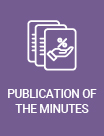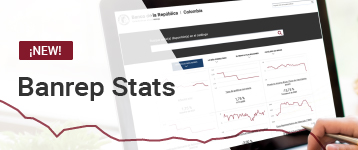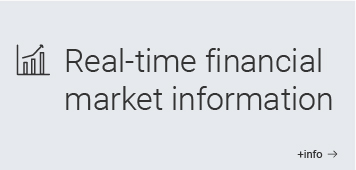Credit Risk: A Company Account-Based Analysis
Bankruptcy is a threat to financial stability, if a company fails to meet its financial obligations. Obviously, the risk to financial stability increases with the number of liquidated corporations and the size of the debt each has acquired. Moreover, in a scenario characterized by a significant number of liquidations, other corporations might experience financial difficulties that place additional pressure on the financial system. In these circumstances, there are obvious systemic risks that can lead to financial crisis and its usual consequences.
The extent of the potential risk to financial stability that comes from business failure depends on the likelihood of bankruptcy and the size of the debt at potential risk of default. This paper pretends to assess the various aggregate risks to financial stability. It uses company account data to construct a model for gauging the risks to financial stability posed by the corporate sector in Colombia. The objective is to analyze risks at the company level and their distribution.
Although some studies have been done on the reasons for insolvency in the Colombian corporate sector (Martínez, 2003), the findings of these works are clearly limited because of the time horizon, which rules out the possibility of including the impact of macroeconomic variables.
This article overcomes the difficulties found in previous works with respect to methodology and the data used to estimate the likelihood of bankruptcy. The exercise is based on a probit model for panel data (unbalanced). The panel includes an average of 8,481 corporations during the 1995-2004 period, with annual intervals. Specific variables of the corporations and the sectors were included in the panel, which was controlled, in turn, by macroeconomic variables.
Our study concentrates on the determinants of business failure. However, its primary objective is to construct a model to estimate the likelihood of a company going bankrupt, as a good way to assess the risks to financial stability. The findings are not substantially different from those of other international studies concerning the reasons why businesses fail (Bunn and Redwood, 2003 and Lennox, 1999).
Profitability and size appear to have a negative effect on the likelihood of bankruptcy, while the effect of financial leverage is positive. Also, the fact that a firm has foreign capital was found to have an additional impact. Ultimately, the results showed a negative relationship between the likelihood of corporate bankruptcy and improved macroeconomic conditions, even subsequent to control for individual characteristics at the company level.
In this study, we used estimates of the likelihood of bankruptcy to understand the distribution and concentration of the debt at risk of default. The goal was to identify where the risks are greatest. According to the findings, the debt at risk of default is concentrated in a relatively small number of corporations. However, they are not necessarily those with the highest likelihood of bankruptcy. This concentration underscores the importance of carefully monitoring firms with the highest risk of default. On the other hand, businesses that are most likely to fail are generally small and, as a result, carry no large debts on their books.














.png)

































